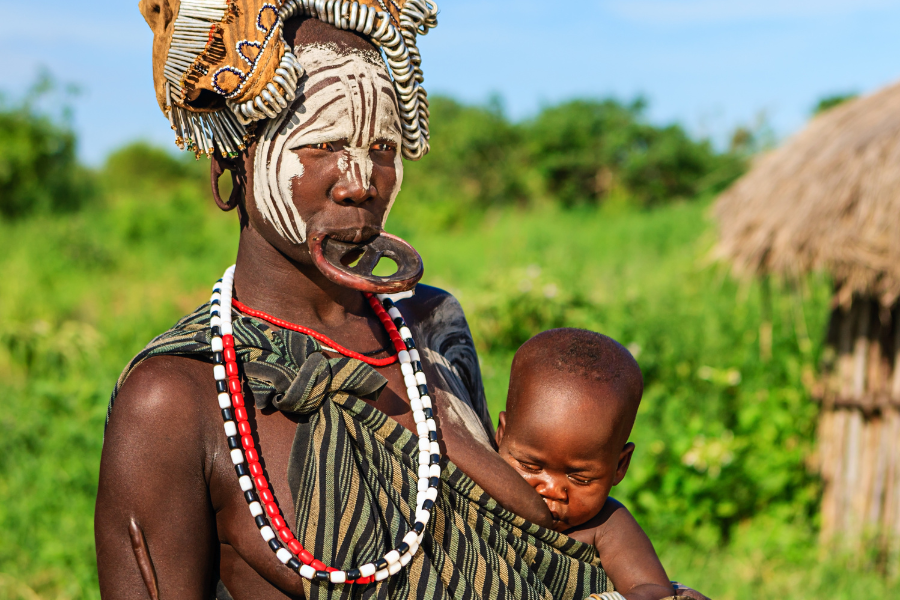Attractions
Historical Attractions
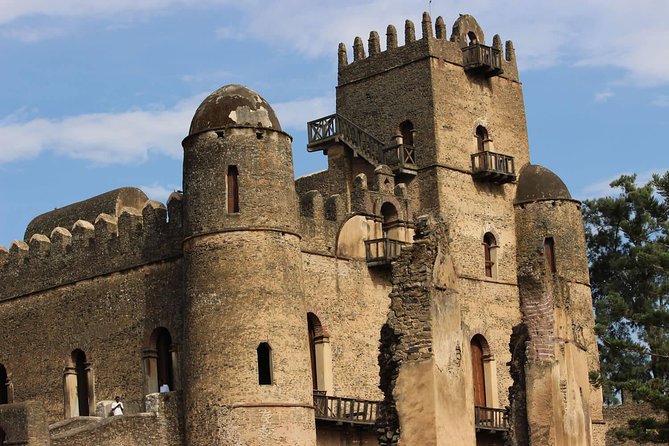
GONDAR CITY
Gonder, is a city in northern Ethiopia. It’s known for the walled Fasil Ghebbi fortress and palace compound, once the seat of Ethiopian emperors. Other treasure of Gonder include the 18th Century palace of Ras Beit, the bath of Fasilades, the reuined palace of Kusquam, and the church of Debre Berhane Selassie with its unique murals.
Lalibela
Lalibela has 11 remarkable rock-hewn monolithic churches, believed to have been built by King Lalibela in the late 12th or early 13th Century. These notable structures are carved, inside and out, into the solid rock, and are considered to be among the wonders of the world.
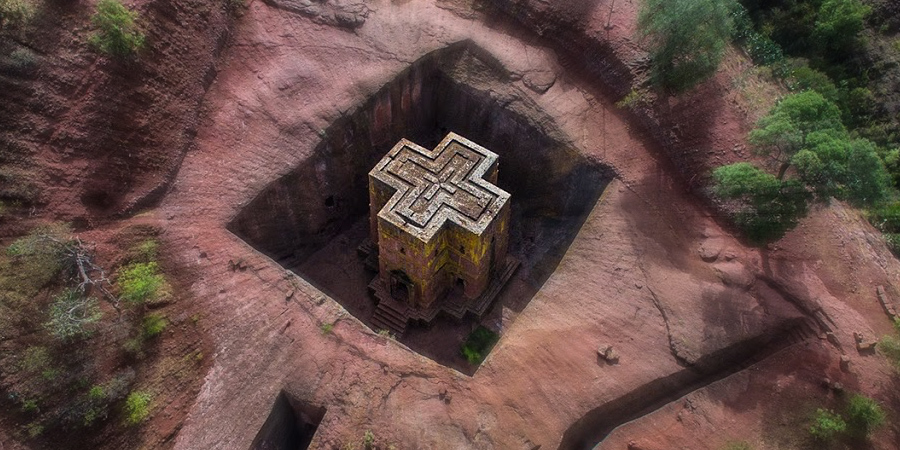
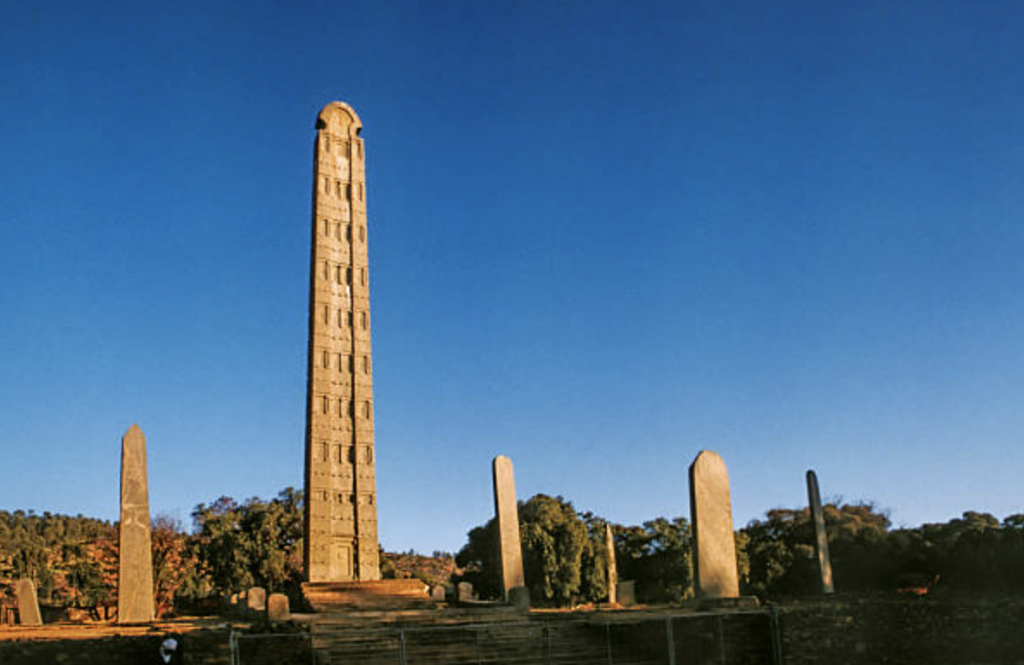
Axum
Ethiopia´s oldest city Axum dates back some 2,000 years to when it was the hub of the Axumite Empire. The queen of Sheba made it her capital 1,000 years before Christ. The Ethiopian Orthodox Church was founded here in the fourth century. The Church of St. Mary of Zion in Axum is today one of the holiest Christian sanctuary in Ethiopia, and Ethiopians believe that the church houses the Ark of Covenant, containing the tables on which Moses wrote the Ten Commandments.
Festivals
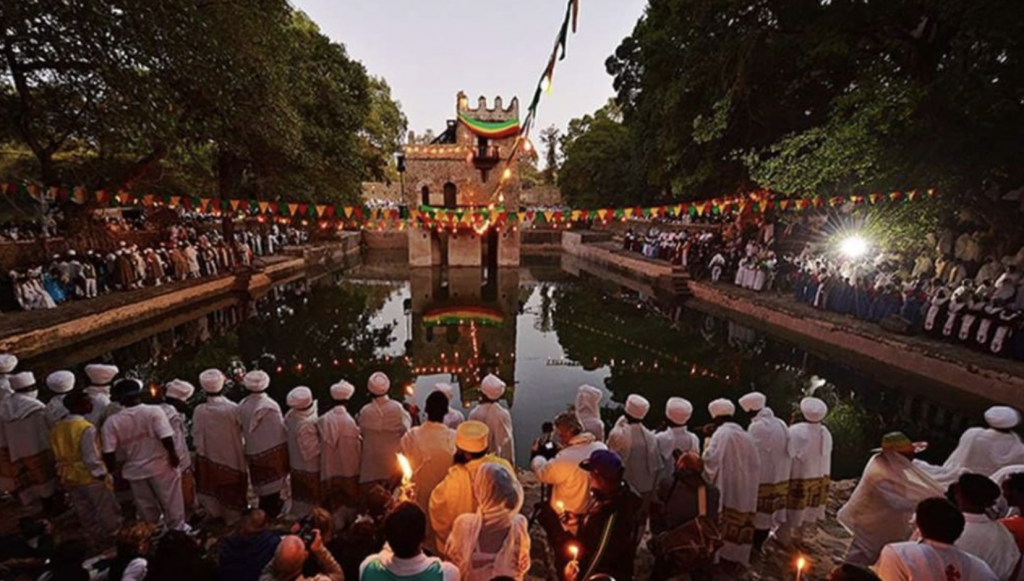
TIMKET
TIMKET
Epiphany locally known as Timket is one of the most colorful holidays of Ethiopia. Timket is celebrated to honor of the day of Christ´s Baptism by St. Johns. On the on the 18th of January all Tabots (the replica of the Ark of the Covenant) are taken to pre arranged open areas where they would pass the night there. On the morrow, the same Tabots, would return back to their original destination. The entire two way journey is incredibly graceful and colorful. Throughout, the respective Tabots are accompanied by tens of thousands of merry followers singing religious songs, hymens, and ululations, splendid and unique ceremony of Ethiopians. The unadulterated biblical atmosphere and vivid local color of the Timket celebrations provided an ideal opportunity to observe the sacred ceremony of Ethiopians who magnificently interested the New Testament with the old whose root goes back to man´s very early years.
ETHIOPIA CHRISTMAS – GENNa
ETHIOPIA CHRISTMAS – GENNa
Ethiopian Christmas, also called Genna celebrates on 7th January (8th January on leap year) to express the coming of the Lord to free mankind of its sins. It is celebrated seriously by the church service that goes on throughout the night, with people moving from one church to another. Traditionally young men plays a game similar to hockey, called Genna, on this day, and now Christmas has also come to be known by that name.
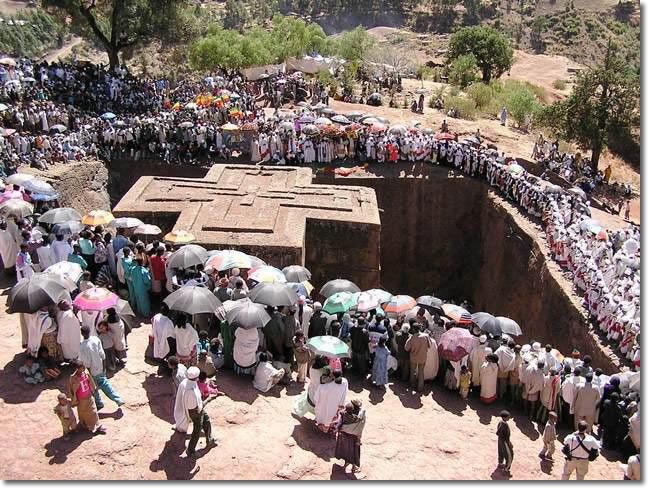
Cultural tours- tribes

HAMER
HAMER
The Hamers are pastoralists and number about 35,000 they are known for their practice of body adornment and wearing a multitude of colorful beads. Women adorn their necks with heavy polished iron jewelry. Hamer society consists of a complex system of age group. To pass from one age group to another involves complicated rituals. The most significant ceremony for young men is the “Bull Jumping” – the final test before passing to adulthood.
Mursi
Mursi
The Mursi people are one of the most popular tribes from the larger Surma group. They are the Nilo-Saharan agro-pastoralists settled around the Omo and Mago Rivers. The Mursi´s are well known for their unique lip plates. Due to the climate, they move twice a year between the winter and summer months. They herd cattle and grow crops along the banks of the Mago River.
